Straw mushrooms (Volvariella volvacea), widely celebrated for their delicate flavor and versatile culinary applications, are a staple in many Asian dishes. However, their short shelf life and susceptibility to spoilage demand careful attention to storage methods. Improper handling can lead to rapid deterioration, texture loss, and even foodborne illnesses. This comprehensive guide explores science-backed strategies to extend the freshness and safety of straw mushrooms, ensuring they retain their nutritional value and culinary appeal.
Understanding Straw Mushrooms: Why Proper Storage Matters
Straw mushrooms are classified as “saprotrophic fungi,” meaning they thrive in decaying organic matter. This biological trait makes them highly perishable due to their thin, porous caps and moist interior. Unlike button mushrooms, which can tolerate slight dehydration, straw mushrooms require consistent humidity and temperature control to prevent wilting, discoloration, and microbial growth.
Their short post-harvest lifespan—typically 2–3 days at room temperature—underscores the urgency of appropriate storage. Exposure to heat, light, or oxygen accelerates enzymatic reactions and bacterial proliferation, leading to sliminess, dark spots, and an off-putting odor. By adhering to proven storage techniques, consumers can maximize their usability and minimize waste.
Refrigeration: The First Line of Defense
Refrigeration is the most effective method for short-term storage, slowing metabolic processes and inhibiting pathogen growth. However, improper refrigeration can do more harm than good. Follow these steps for optimal results:
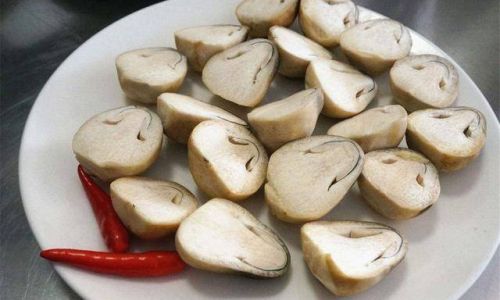
-
Avoid Washing Before Storage
Raw straw mushrooms have a protective cuticle that retains moisture. Washing removes this layer, increasing vulnerability to bruising and microbial invasion. Instead, clean them gently with a damp cloth just before use. -
Use Perforated Paper Bags
Placing mushrooms in plastic bags traps ethylene gas and excess moisture, creating a breeding ground for mold. Opt for breathable paper bags with small holes to allow airflow while maintaining humidity. Alternatively, line a plastic container with paper towels to absorb condensation. -
Maintain Consistent Temperature
Store mushrooms in the main compartment of the refrigerator (2–4°C/35–39°F), not the crisper drawer, which may fluctuate in temperature. Avoid placing them near ethylene-producing fruits like apples or bananas, as this accelerates decay. -
Monitor Shelf Life
Even under ideal conditions, refrigerated straw mushrooms last only 4–5 days. Check daily for signs of spoilage, such as a mushy texture or ammonia-like smell.
Freezing: Extending Shelf Life for Long-Term Use
Freezing is ideal for preserving mushrooms beyond a week, though it alters texture. Blanching before freezing minimizes enzyme activity and preserves color:
-
Blanching Process
- Clean mushrooms and trim stems.
- Boil water in a large pot and add mushrooms for 2–3 minutes.
- Immediately transfer to an ice bath to halt cooking.
- Drain thoroughly and pat dry with paper towels.
-
Packaging Techniques
- Spread blanched mushrooms on a baking sheet and freeze until solid (1–2 hours).
- Transfer to airtight freezer bags or containers, removing excess air.
- Label with the date and use within 8–12 months.
Frozen straw mushrooms are best suited for cooked dishes like soups, stir-fries, or sauces, as thawing may result in a softer texture.
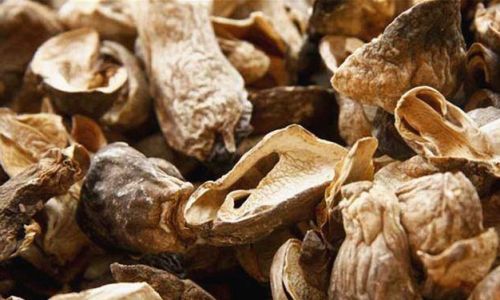
Drying: A Traditional Preservation Method
Drying concentrates flavors and extends shelf life indefinitely when stored correctly:
-
Sun-Drying (Ideal for Dry Climates)
- Slice mushrooms into ¼-inch thick pieces.
- Spread on a clean cloth or tray under direct sunlight for 2–3 days.
- Cover with cheesecloth to protect from insects.
-
Oven or Dehydrator Drying
- Set the oven to the lowest temperature (50–60°C/120–140°F).
- Arrange mushroom slices on a baking sheet and dry for 4–6 hours, flipping occasionally.
- Store dried mushrooms in airtight jars in a cool, dark place.
Rehydrate dried mushrooms by soaking in warm water for 20–30 minutes before use.
Canning and Pickling: For Enthusiasts
While less common for straw mushrooms, canning and pickling offer unique flavor profiles:
-
Canning
- Pressure-can sliced mushrooms in brine (1 tbsp salt per liter of water) at 116°C (240°F) for 75 minutes.
- Follow USDA guidelines to prevent botulism risk.
-
Pickling
- Simmer mushrooms in a vinegar-based brine (1:1 vinegar to water ratio, with sugar and spices) for 10 minutes.
- Store in sterilized jars for up to 6 months.
Common Mistakes to Avoid
-
Storing at Room Temperature
Leaving mushrooms uncovered on countertops invites bacterial growth and dehydration.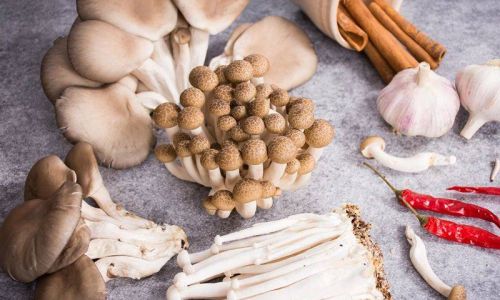
-
Using Airtight Containers Without Ventilation
Trapped moisture accelerates spoilage. Always prioritize breathability. -
Mixing with Ethylene-Producing Produce
Avoid storing near tomatoes, avocados, or melons. -
Ignoring Spoilage Signs
Discard mushrooms if they develop a slimy film, dark patches, or a pungent odor.
Advanced Tips for Preservation
-
Vacuum Sealing
Remove oxygen to slow oxidation and microbial growth. Use vacuum-sealed bags for refrigerated or frozen storage. -
Silica Gel Packs
Place food-safe silica gel in containers to absorb excess moisture during drying or refrigeration. -
Label and Date
Track storage duration to prevent accidental consumption of expired mushrooms.
Conclusion
Straw mushrooms are a culinary treasure, but their perishability demands respect for storage science. By combining refrigeration, freezing, drying, and careful monitoring, home cooks and food professionals alike can enjoy these fungi at their peak for extended periods. Remember that proper handling not only preserves flavor but also safeguards against foodborne pathogens. Whether you’re whipping up a quick stir-fry or stocking up for seasonal shortages, these strategies ensure straw mushrooms remain a safe, delicious addition to your kitchen.



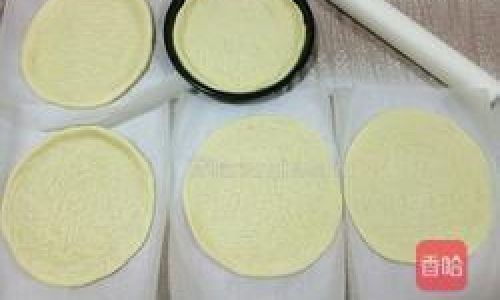
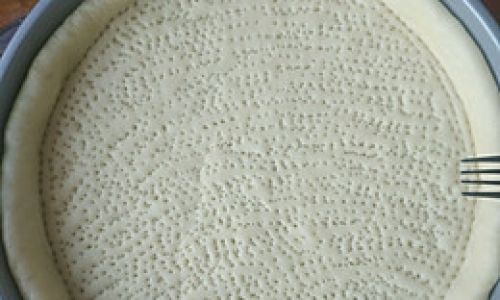
0 comments